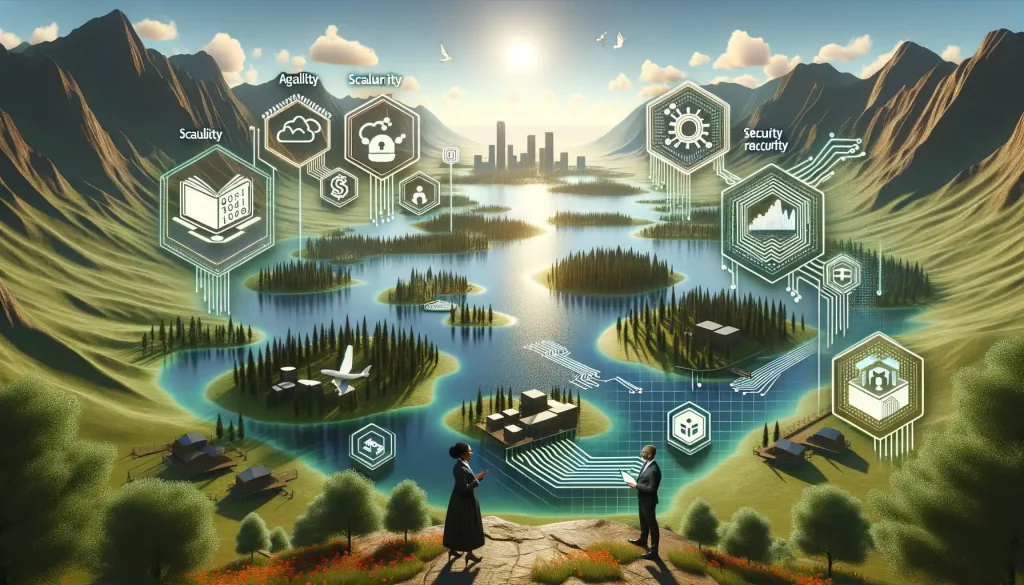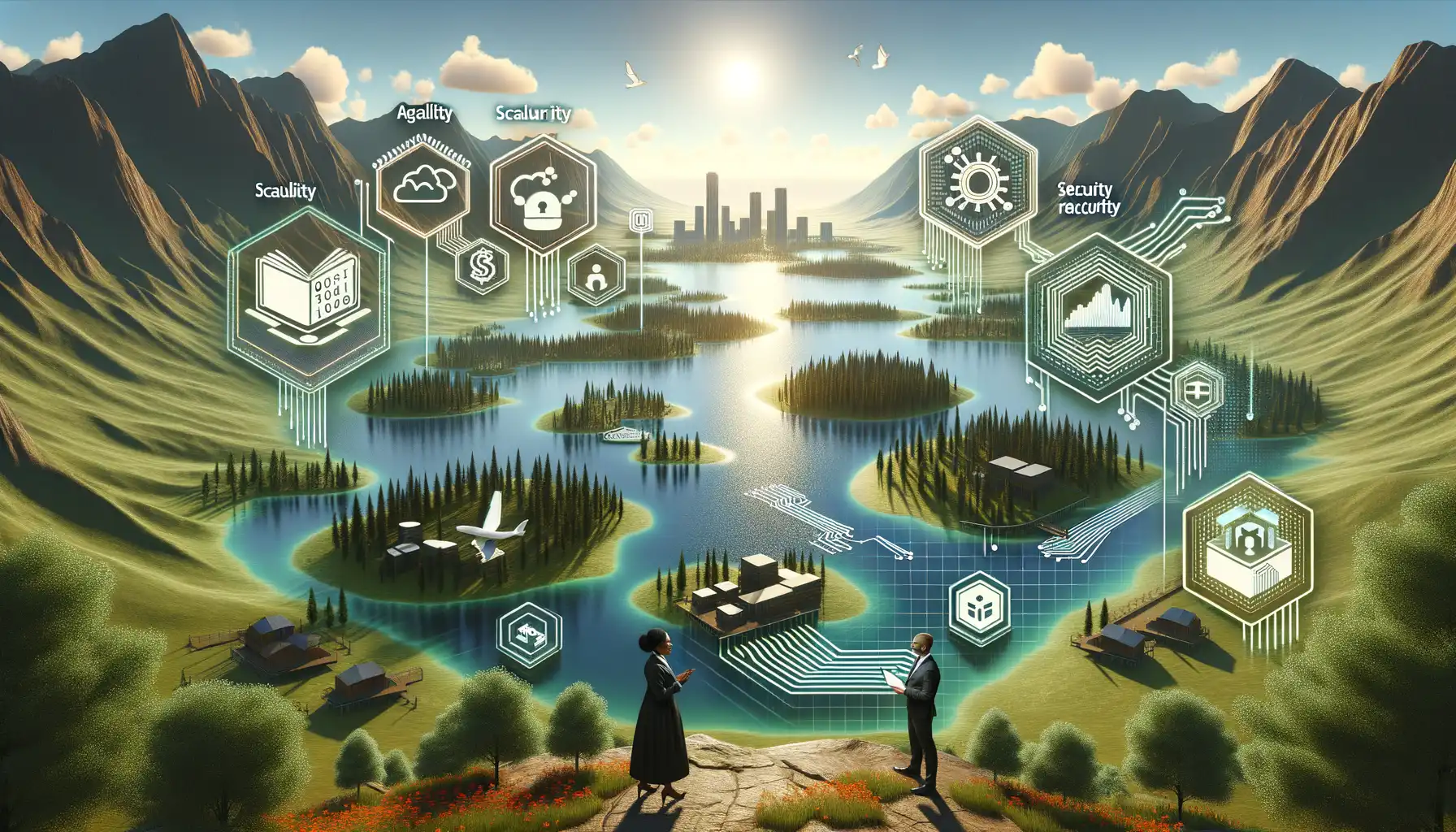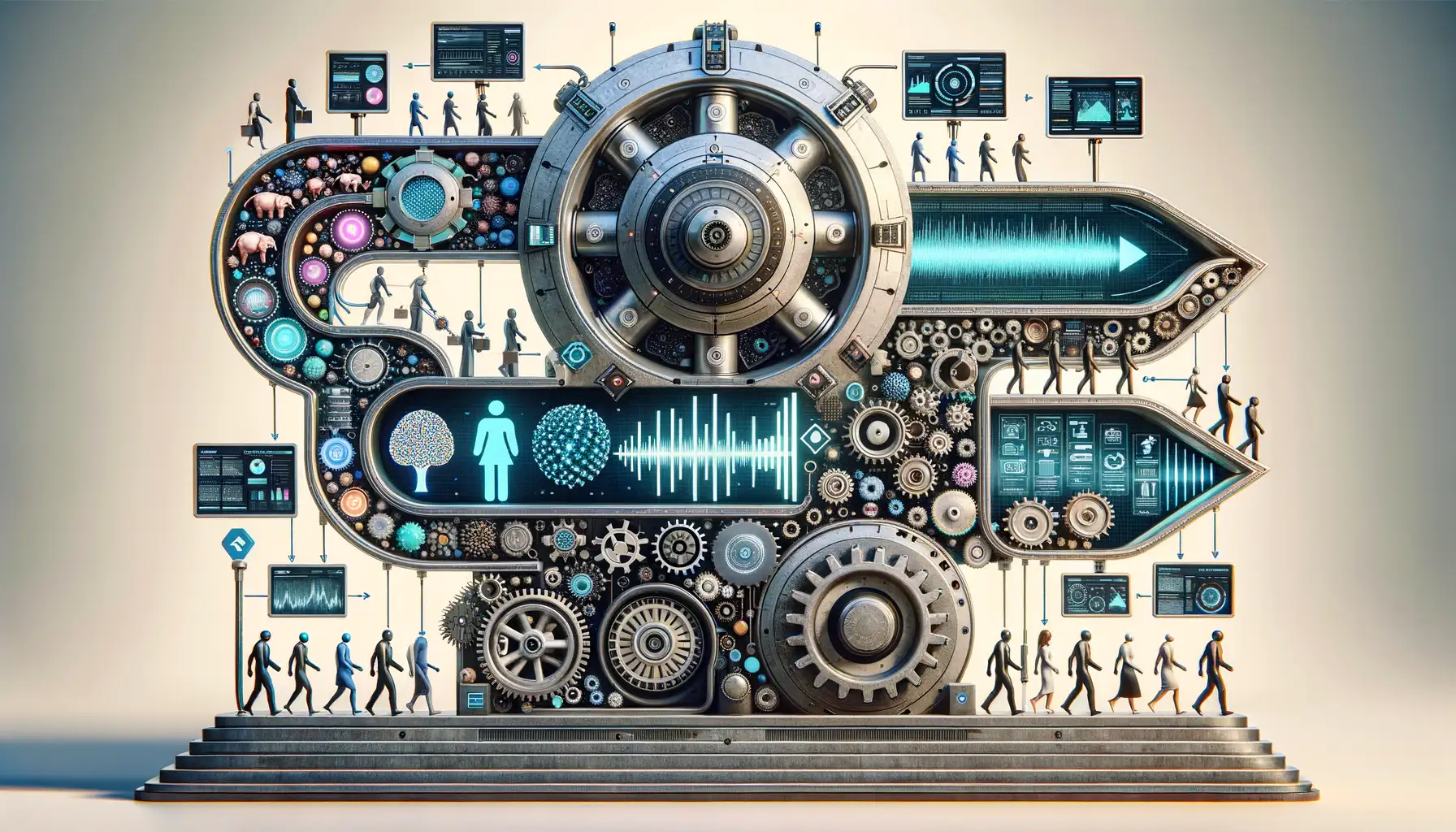The Role of Artificial Intelligence in Space Exploration
How AI is Transforming Our Reach Beyond Earth
When you gaze up at the night sky, it feels infinite, doesn’t it? For centuries, human curiosity has burned bright, drawing us to explore that great abyss. But now, the universe has a new ally: Artificial Intelligence. It’s not just crunching numbers behind the scenes—it’s doing some of the heavy lifting, filling gaps we humans could hardly hope to bridge on our own.
AI is helping us map uncharted territories, but it’s also like having an interstellar detective on speed dial. Ever heard of exoplanets? These are planets beyond our solar system, and they’re notoriously tricky to detect with traditional telescopes. AI sifts through mountains of data from missions like Kepler and TESS, spotting subtle dips in starlight caused by a planet’s shadow—a task no human eye could consistently manage.
- It scans spectral data to study atmospheres, finding out if they could support life.
- It predicts orbital patterns, tracing a planet’s dance around its star with pinpoint accuracy.
Think about it: AI isn’t just exploring space. It’s rewriting how we understand it, one algorithm at a time.
Revolutionizing Exoplanet Discovery with Machine Learning
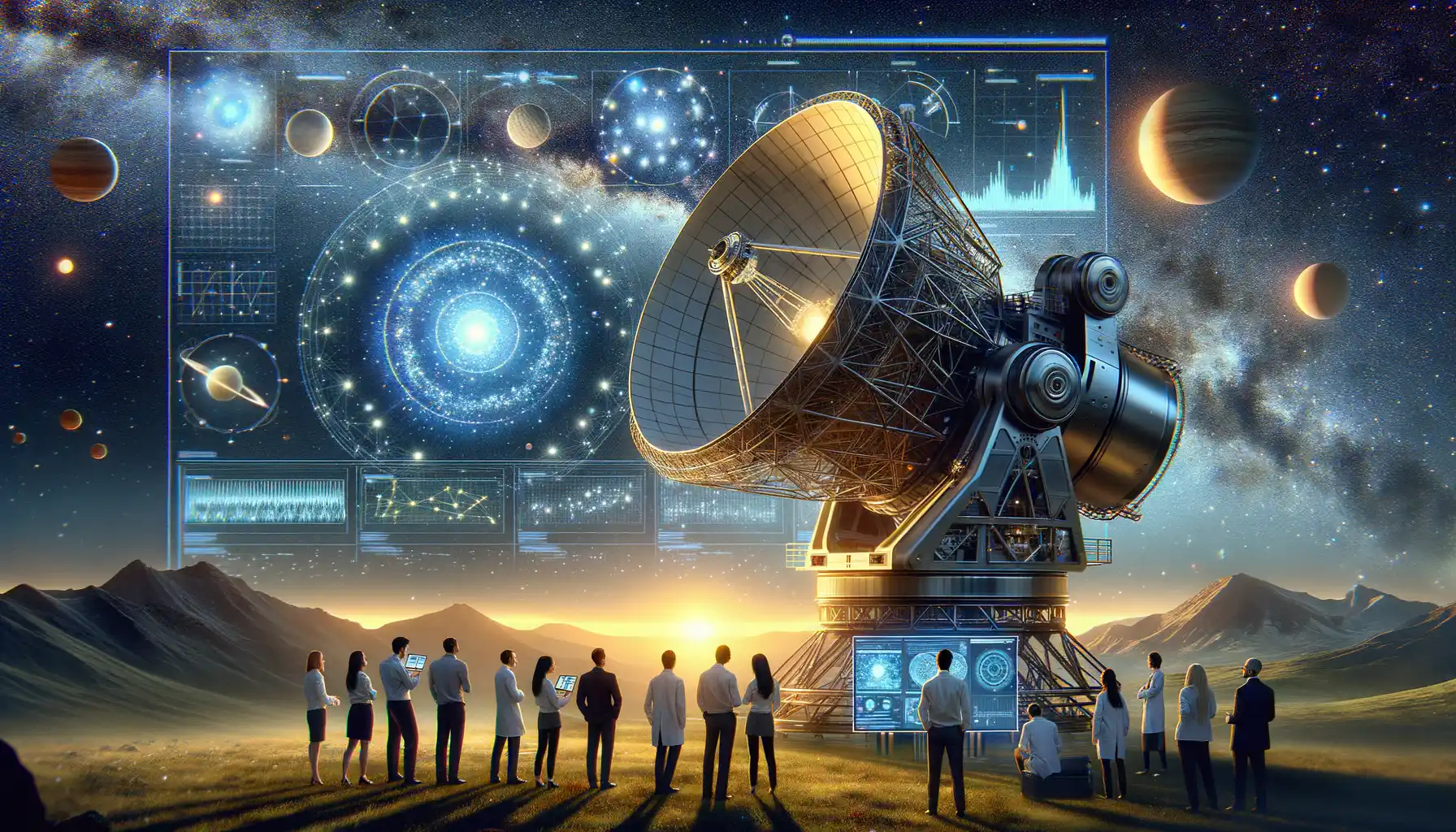
How Machine Learning Is Changing the Game in Exoplanet Hunting
Picture this: a cosmic treasure hunt, where the prizes are entire worlds scattered across the galaxy. This is the exhilarating challenge astronomers face when searching for exoplanets—planets orbiting stars far beyond our solar system. But here’s the twist: the galaxy is vast, messy, and overwhelmingly complex. Enter machine learning, a digital Sherlock Holmes that sifts through mountains of starlight data to uncover hidden gems.
At its core, machine learning acts like an ever-curious apprentice, tirelessly combing through data collected by telescopes such as Kepler and TESS. It’s not just good—it’s brilliant at spotting the subtle dips in brightness that scream, “An exoplanet just passed in front of this star!” These patterns, often lost in noise, are now crisper and easier to identify thanks to algorithms fine-tuned like a master craftsman’s tools.
- Neural networks learn to differentiate between real planets and false positives caused by stellar activity.
- Unsupervised models expose new trends, potentially revealing planets we didn’t even know we should look for.
The results? Faster discoveries and the tantalizing possibility of finding planets in the so-called “habitable zone,” where liquid water—and maybe life—could exist. Add this tech to the astronomer’s toolkit, and the universe suddenly feels a little less unknowable.
AI’s Contribution to Mapping and Analyzing the Cosmos
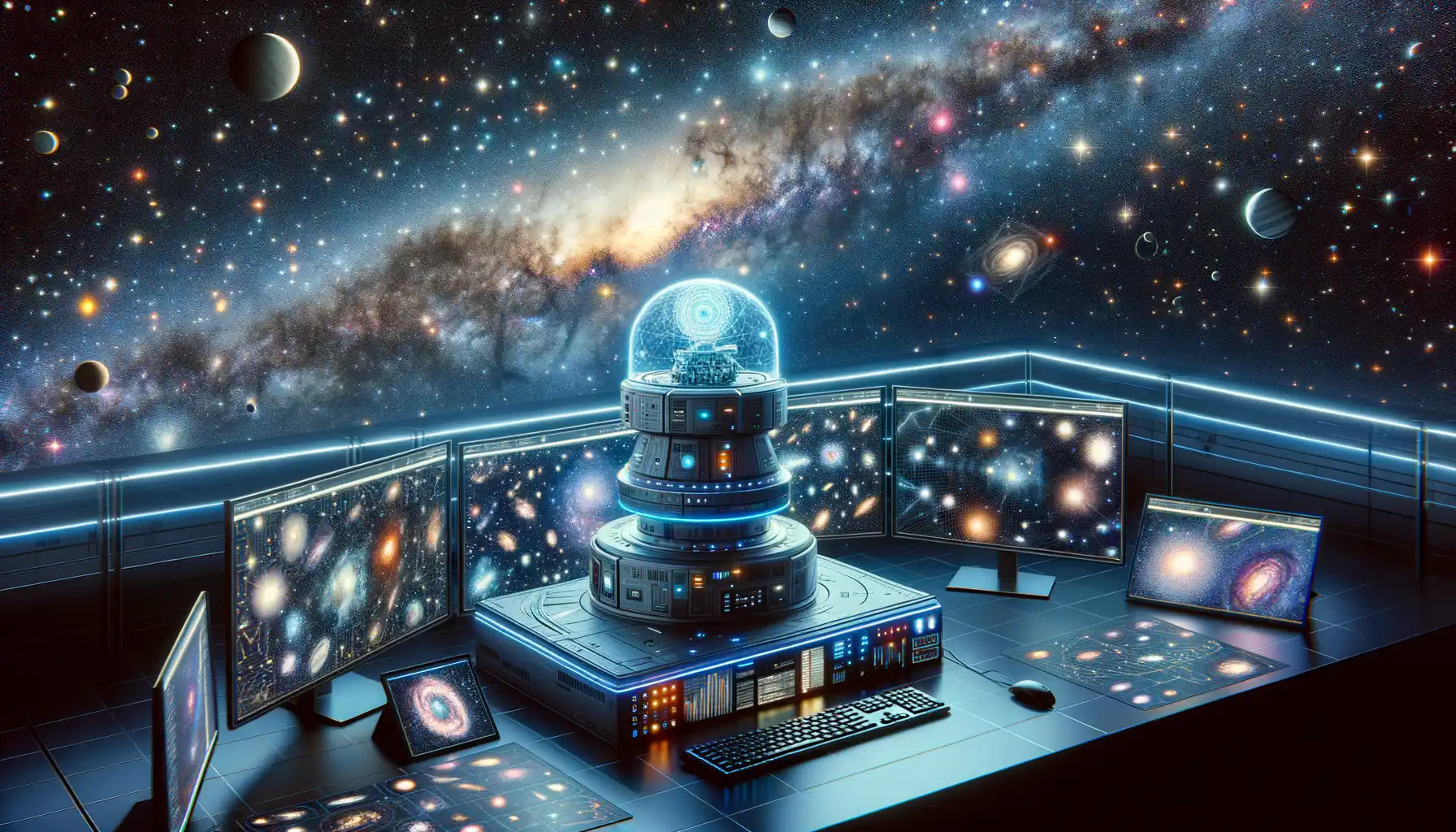
Transforming the Cosmic Jigsaw with AI
Imagine gazing at a giant, unsolved cosmic puzzle—thousands of galaxies scattered like glittering fragments on a velvet expanse. Piecing this together manually would take lifetimes. Enter AI-driven technologies, the galaxy-mapping trailblazers that help us make sense of this vast celestial mosaic. These systems aren’t just crunching numbers—they’re revolutionizing how we understand the universe’s architecture.
Thanks to neural networks, AI can process data from telescopes like never before. For example, identifying gravitational lensing, where massive galaxies bend light like a cosmic funhouse mirror, is a tedious task for humans. AI? It spots these distortions in mere seconds, uncovering hidden galaxies behind them. Not only that, advanced algorithms untangle dusty star clusters, detect faintly glowing nebulae, and even track the movements of wandering asteroids.
- Gaia and AI Collaboration: The European Space Agency’s Gaia spacecraft maps stars with jaw-dropping precision. AI transforms its raw data into 3D visualizations, offering us starry highways across the Milky Way.
- Mapping Dark Matter: AI models are slicing through the invisible web of dark matter by analyzing subtle movements of galaxies. This invisible scaffolding helps us understand the skeleton of the cosmos.
Now, when we chart the heavens, it’s not just science—it’s art, powered by intelligent algorithms and human imagination.
Challenges and Limitations of Using AI in Astronomy
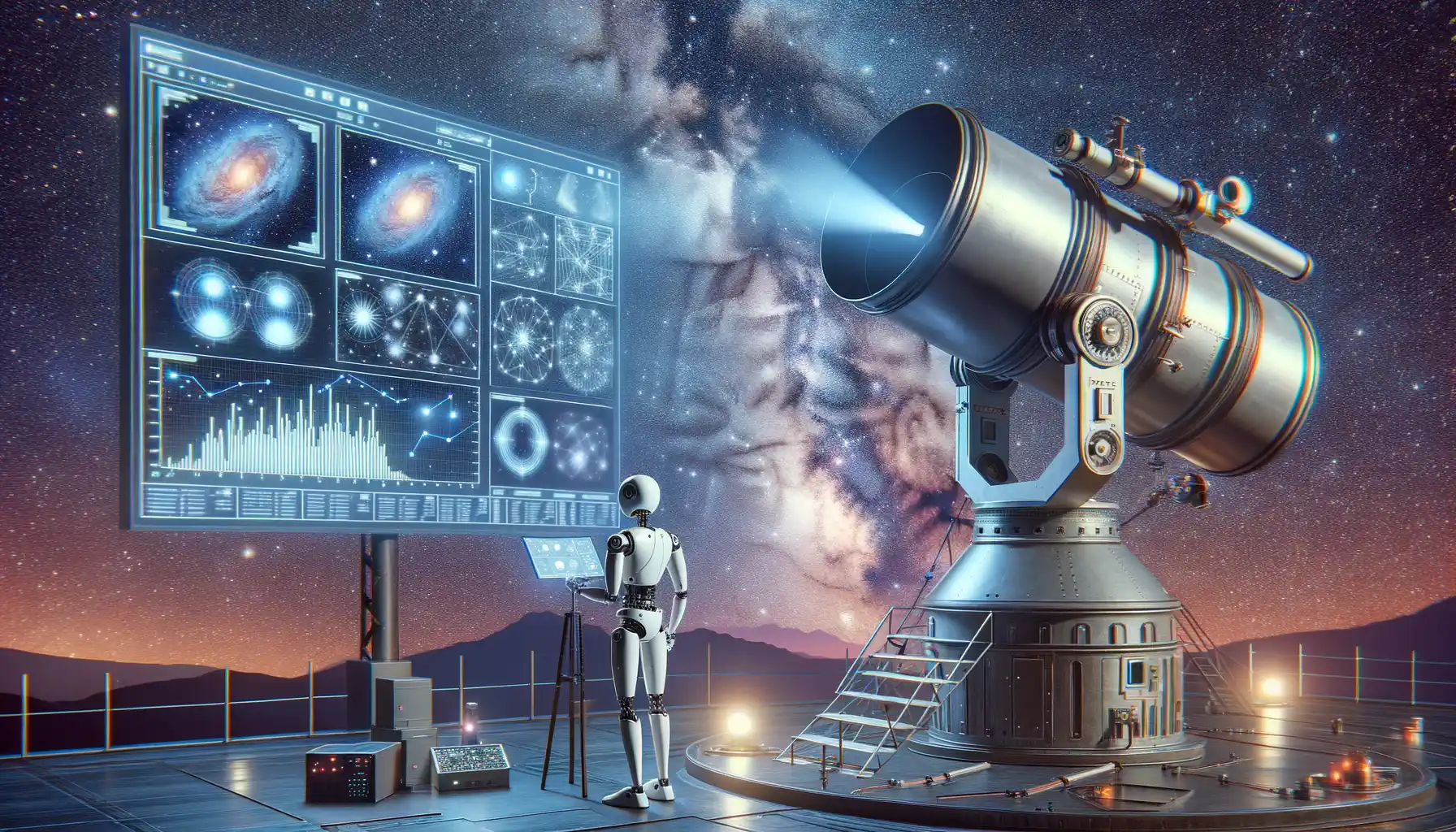
The Delicate Balancing Act Between Human Insight and AI
Artificial Intelligence in astronomy feels like a double-edged sword. While it opens up doors to discoveries we couldn’t have imagined a few decades ago, it also comes with its fair share of quirks and growing pains. Let’s get real for a moment—machines aren’t perfect. They’re fast learners, sure, but their knowledge is only as good as the data they’re fed. And this is where things can get… messy.
For instance, biased training data can lead to incorrect conclusions about celestial objects. Imagine spending months analyzing a “new planet” flagged by an AI, only to realize it’s just noise from a poorly calibrated telescope. Frustrating, right? Not to mention, AI tools have a knack for being black boxes—spitting out results without explaining how they arrived there. Astronomers are left scratching their heads: “Why this star system? What did I miss?”
- Overfitting models that misinterpret cosmic phenomena.
- Vast computational needs—AI doesn’t exactly run on stardust!
- The risk of sidelining intuition and human creativity in favor of algorithms.
The truth is, while AI pushes the boundaries of what we can see, it sometimes blinds us to *how* we see it.
Future Prospects: AI-driven Space Missions
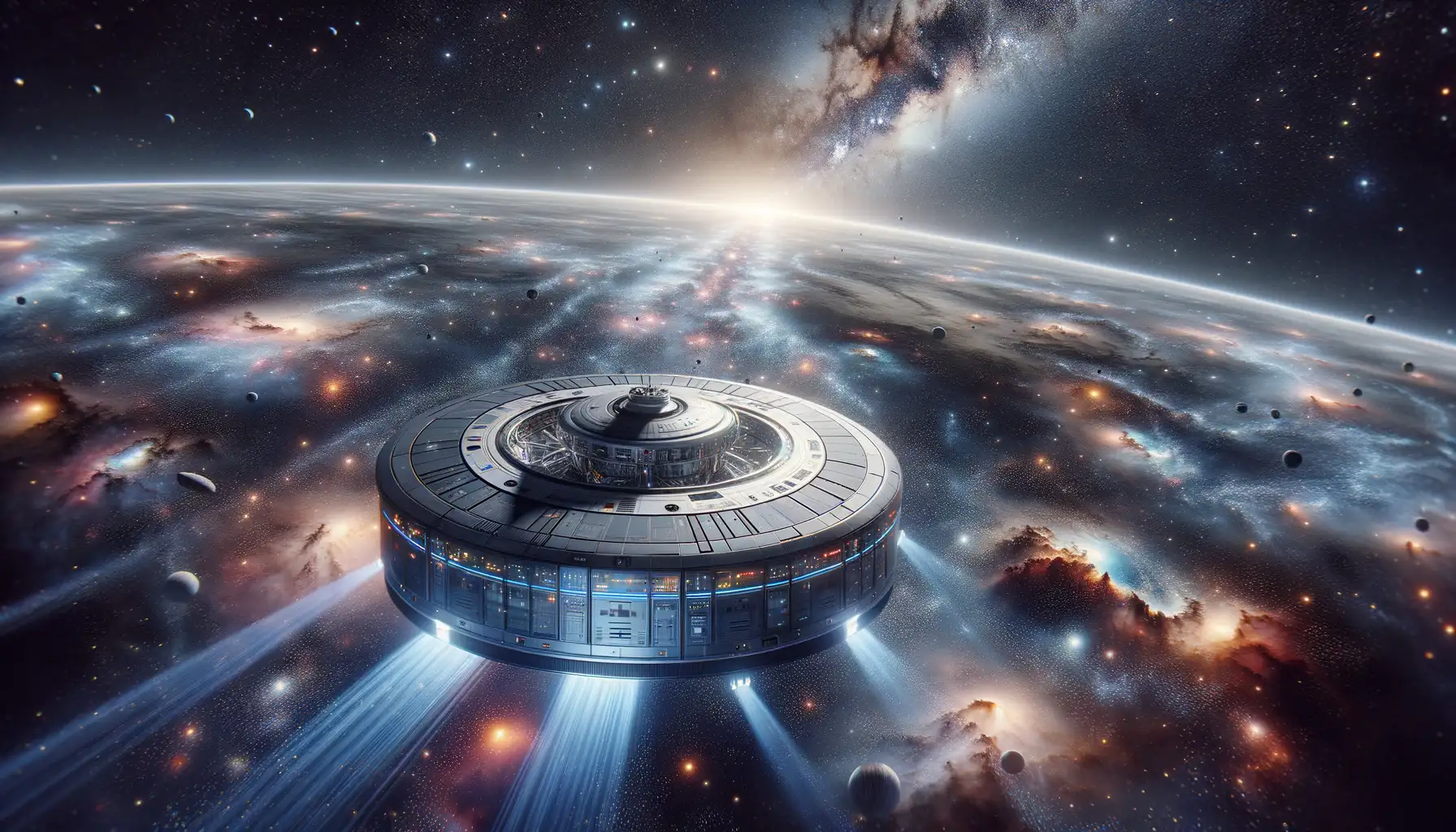
AI: The Co-Pilot for a New Era of Space Missions
Imagine this: a spacecraft, powered by the brilliance of artificial intelligence, navigating the vast cosmic ocean alone—charting paths, analyzing data in real-time, and making decisions faster than a team of Earth-bound scientists ever could. Doesn’t it feel like something straight out of science fiction? Well, the future is turning fiction into reality.
In the next wave of space exploration, AI won’t just sit back as a passive observer—it’ll be the beating heart of space missions. Picture AI systems acting as mission strategists, autonomously adjusting flight paths to dodge unforeseen asteroids or pinpointing landing zones on alien worlds with razor-sharp precision. Suddenly, the impossible starts feeling tantalizingly within reach.
- Autonomous rovers and drones: Future Martian explorers could rely on AI-powered robots to scout terrain, collect samples, and relay crucial findings.
- Deep-space navigation: As we venture beyond our solar system, self-reliant AI systems could steer humanity’s dreams into uncharted territories.
And here’s the kicker: AI doesn’t get bored. It doesn’t tire, feel fear, or second-guess itself. It simply works—and it grows smarter with every byte of cosmic data it encounters. Are you picturing the possibilities yet? Because they’re limitless!



